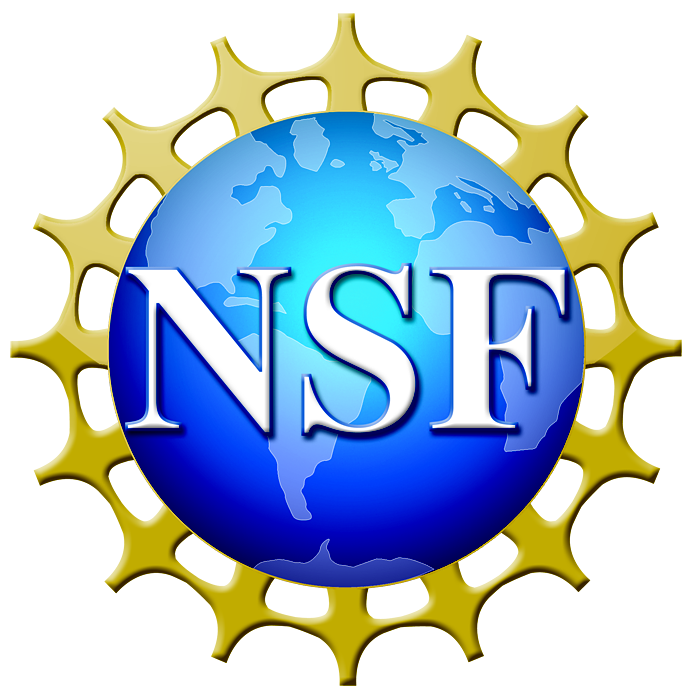- About MAA
- Membership
- MAA Publications
- Periodicals
- Blogs
- MAA Book Series
- MAA Press (an imprint of the AMS)
- MAA Notes
- MAA Reviews
- Mathematical Communication
- Information for Libraries
- Author Resources
- Advertise with MAA
- Meetings
- Competitions
- Programs
- Communities
- MAA Sections
- SIGMAA
- MAA Connect
- Students
- MAA Awards
- Awards Booklets
- Writing Awards
- Teaching Awards
- Service Awards
- Research Awards
- Lecture Awards
- Putnam Competition Individual and Team Winners
- D. E. Shaw Group AMC 8 Awards & Certificates
- Maryam Mirzakhani AMC 10 A Awards & Certificates
- Two Sigma AMC 10 B Awards & Certificates
- Jane Street AMC 12 A Awards & Certificates
- Akamai AMC 12 B Awards & Certificates
- High School Teachers
- News
You are here
Industrial Math Case Studies
Solving Real World Problems

Preparation for Industrial Careers in Mathematical Sciences (PIC Math) prepares mathematical sciences students for industrial careers by engaging them in research problems that come directly from industry.
We present 4 two-video sequences highlighting some research problems that mathematicians and statisticians encounter outside of academia. The first video in each sequence features a professional mathematical scientist talking about their career and some of their research. The second video in the sequence features a faculty member presenting some technical background and an approach that one may use to make progress on the industrial research problem.
Improving Marketing Strategies
Dr. Jonathan Adler (winner of King of the Nerds Season 3) talks about his career path and about a specific research problem that he has worked on. Using text analytics he was able to help an online company distinguish between its business customers and its private consumers from gift card messages. Prof. Talithia Williams of Harvey Mudd College explains the statistical techniques that can be used to classify customers of a company using the messages on their gift cards.
| Featuring Dr. Jonathan Adler | Featuring Prof. Talithia Williams |
Creating More Realistic Animation for Movies
Dr. Alex McAdams, Senior Software Engineer at Walt Disney Animation Studios, talks about how mathematics is used to make realistic, yet art directable, animations. Prof. Joseph Teran of the Department of Mathematics at UCLA gives an overview of the numerical linear algebra and iterative method techniques that are used to simulate physical phenomena such as water, fire, smoke, and elastic deformations in the movie and gaming industries.
| Featuring Dr. Alex McAdams | Featuring Prof. Joseph Teran |
Building a Better Filter
Dr. Sumanth Swaminathan of W. L. Gore & Associates talks about his career path and the research questions about filtration that he considers. He works to understand the different waste capture mechanisms of filtration devices and to mathematically optimize the microstructure to create better filters. Prof. Louis Rossi of the Department of Mathematical Sciences of the University of Delaware presents two introductory mathematical models that one can use to understand and characterize filters and the filtration processes.
| Featuring Dr. Sumanth Swaminathan | Featuring Prof. Louis Rossi |
Finding the Safest Place to Store Nuclear Waste
Dr. Genetha Gray talks about her path and about a research problem that she worked on at Sandia National Laboratories. Using quite limited geological data, they had to create a groundwater flow computational model, with parameters to be determined, so that they could study the feasibility and safety of prospective subsurface nuclear waste storage sites. Prof. Gwen Spencer of Smith College introduces the mathematics behind optimization, calibration, and the quantification of uncertainty in models and in the results that they give.
| Featuring Dr. Genetha Gray | Featuring Prof. Gwen Spencer |
Dr. Suzanne L. Weekes - Executive Producer & Creative Director
Produced by BC Media Productions
Support for this Program
PIC Math is a program of the Mathematical Association of America (MAA) and the Society for Industrial and Applied Mathematics (SIAM). Support is provided by the National Science Foundation (NSF grant DMS-1722275).






